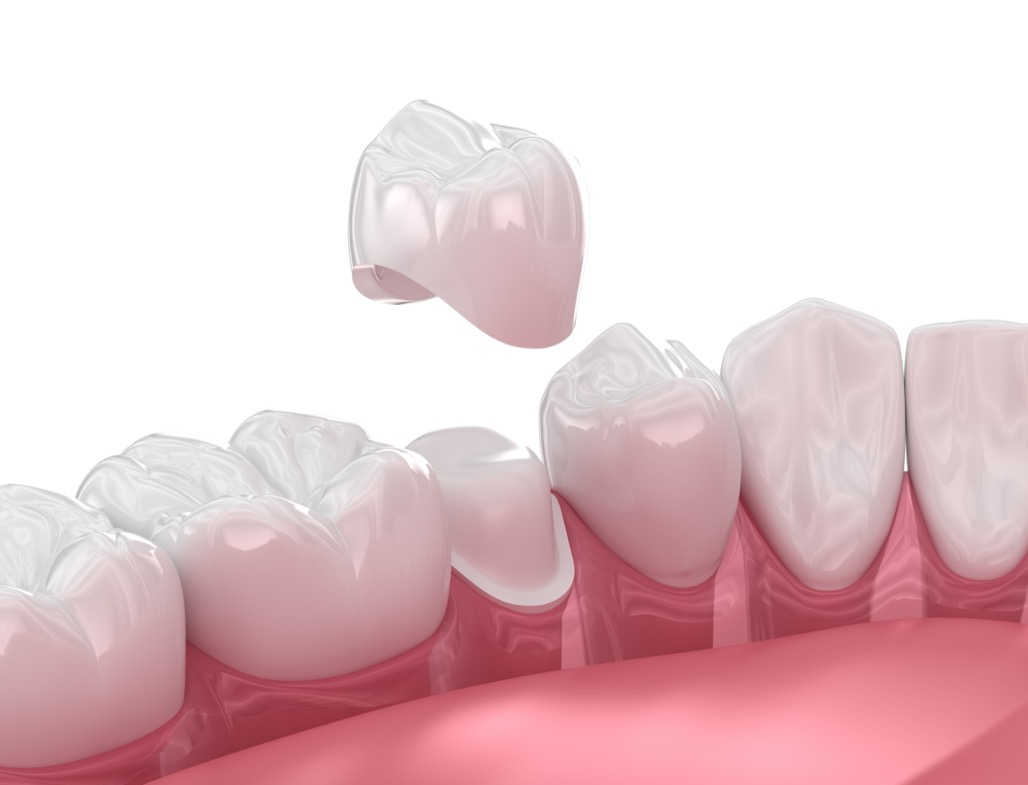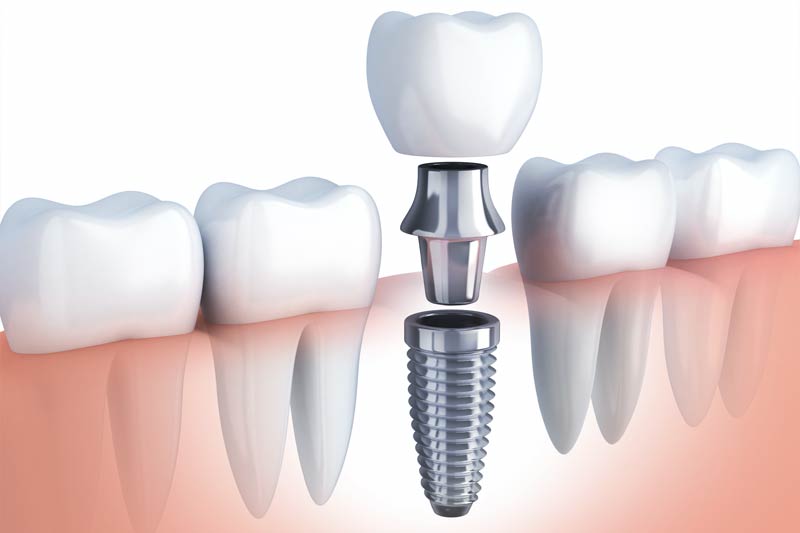
Routine Dental Care Treatments in Grove City
Achieving a beautiful smile and maintaining the health of your teeth are goals that resonate with many. Beyond the aesthetic appeal, a healthy mouth plays a vital role in your overall well-being. Routine dental care treatments are foundational to this pursuit, offering preventive measures and solutions that ensure your oral health is always at its …
Read More
Top Rated Dental Office Near Me in Grove City
In the quest for a healthy, beautiful smile, the choice of a dental provider is paramount. Our residents have the privilege of accessing top-rated dental care, where the focus transcends basic treatment to encompass a holistic approach to patient well-being. These distinguished practices excel in offering a blend of advanced dental techniques and a nurturing …
Read More
Teeth Cleaning Near Me in Grove City
Teeth Cleaning Near Me Regular teeth cleaning is important for your oral health. Unfortunately, many people skip teeth cleaning procedures for one reason or another. Speak to a dentist near you to schedule a simple, painless teeth cleaning procedure. If you have dental phobia knowing what to expect can clear your doubts. What to expect …
Read More
Teeth Whitening Treatment Near Me in Grove City
Teeth Whitening Treatment Near Me Do you want a whiter smile? Teeth whitening is a popular treatment for discolored teeth. When it comes to teeth whitening, you have two options; In-office treatments and home treatments. Teeth whitening should be done right to avoid discomfort and sensitivity. Both in-office and home treatments use peroxide-based bleaching agents. …
Read More
Preventive Dental Treatments Near Me in Grove City
A radiant smile is often the first thing noticed in social interactions, serving as a symbol of health, happiness, and confidence. Achieving such a smile involves more than just daily brushing and flossing; it necessitates regular engagement with professional dental care. Routine dental care treatments open the door to a world where maintaining a dazzling …
Read More
Common Dental Care Services in Grove City
The cornerstone of maintaining a radiant and healthy smile lies in the thoroughness of dental exams. These exams are not just a routine check-up; they are a comprehensive assessment that plays a crucial role in detecting, preventing, and treating dental issues before they escalate into more significant health concerns. Focusing in detail on the exam …
Read More
Dental Crowns Near Me in Grove City
Dental Crowns Near Me Dental crowns can be made of resin, metal, or porcelain. Find a dental crown specialist near you. What is a dental crown? A dental crown is a tooth-shaped cap used by dentists for restorative purposes. The crown covers your entire tooth and hides cracks and breakages. Why would you need a …
Read More
Welcome to Your Dentist in Grove City
Dentist in Grove City Located in historic downtown Grove City, Park Street Dental of Grove City is ready to offer you and your family complete dental care that combines the latest techniques with old-fashioned hospitality. We’re all about delivering positive experiences that will change the way you think about dentistry while giving you a beautiful, …
Read More


